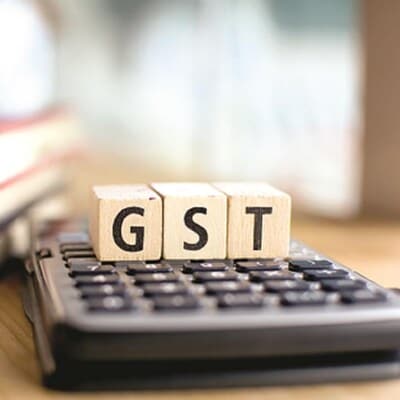[ad_1]
The proposed introduction of a new amnesty scheme through the insertion of Section 128A in the CGST Act in this budget aims to alleviate the burden of interest and penalty on taxpayers for tax matters arising between July 1, 2017, and March 31, 2020 (or a part thereof). While this initiative is a step in the right direction, its scope and design present several shortcomings that could hinder its effectiveness.
The scheme covers taxpayers who have received notices or orders under Section 73 (excluding fraud cases) or those who have filed appeals against such orders. It offers a waiver of interest and penalty upon full tax payment. However, the scheme’s potential to address the core issues plaguing taxpayers is limited by several factors.
Firstly, the scheme’s insistence on full tax payment for all disputed issues within a notice or order is a major impediment. Taxpayers often face multiple issues in a single notice, with varying degrees of merit. There are many common issues for the industry on which demand is raised in show cause notices (SCNs). For example, an invoice missing in GSTR-2A / 2B but available with the taxpayer, taxing PAN India turnover of the taxpayer in one state, etc. On all such issues, the taxpayer has no choice but to continue with litigation. The inability to settle disputes selectively prevents taxpayers from taking advantage of the scheme for genuine cases while contesting those with stronger grounds.
Secondly, the scheme covers tax matters arising between July 1, 2017, and March 31, 2020 (or part thereof). In case a single SCN is issued under Section 73 for a period beyond the tax period covered by the amnesty scheme, a question may arise whether the scheme is available for the period till March 31, 2020 (or part thereof) or whether the scheme is not at all available. This point requires clarification from the government.
Thirdly, the scheme’s ambiguous stance on transitional credit issues is a cause for concern. The legal status of transitional credit as input tax credit is still debated. While some advance rulings deny its eligibility, tax authorities have issued notices demanding its recovery under Section 73. The scheme’s silence on this matter creates uncertainty for taxpayers facing disputes related to transitional credit.
Lastly, whether tax paid under this scheme is eligible as input tax credit (ITC) to the buyer or not is not clear. It is important to note that Section 17(5) restricts ITC to the buyer if the tax is paid by the supplier under Section 74. The scheme is designed for SCNs issued under Section 73, not under Section 74. Also, clarification is required on when a tax invoice for payment of tax should be issued and how the same should be disclosed in GST returns.
To maximise the scheme’s effectiveness, the government must address these issues promptly. Allowing tax payments through ITC, permitting issue-wise settlements, and providing clear guidelines on transitional credit are necessary. Additionally, engaging with industry stakeholders to gather feedback on the scheme’s implementation would be beneficial.
While the GST amnesty scheme is a positive step towards improving taxpayer relations, its current form falls short of its potential. By addressing the aforementioned challenges, the government can transform this initiative into a win-win situation for both taxpayers and the revenue authorities.
Saurabh Agarwal is a tax partner, EY India
(Gaurav Narula, director, EY India, also contributed to the article)
Disclaimer: These are personal views of the writer. They do not necessarily reflect the opinion of www.business-standard.com or the Business Standard newspaper.
First Published: Jul 26 2024 | 6:42 PM IS
[ad_2]
Source link

